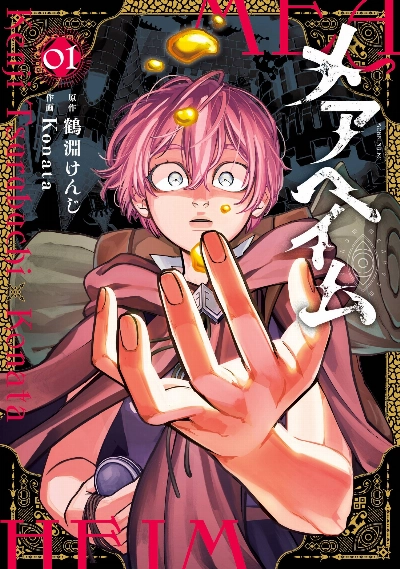The painter Jules Pascin was the epitome of the cosmopolitan, bohemian artist who came to define Paris of the 1920s. The latest exhibition at the Panasonic Shiodome Museum looks at the life and art of this painter, who was an important feature of the Parisian art scene until his suicide in 1930 at the age of 45.
Born in Bulgaria to Sephardic Jewish parents, he is best remembered nowadays for a chapter in "A Movable Feast" (1964), Earnest Hemingway's posthumously published memoir of the Paris of 1910s-'20s — the "Lost Generation." This was a generation that had been touched by the carnage of World War I and, in response, had developed a certain cynical and hedonistic attitude.
This is certainly the impression given off by Pascin in "With Pascin at the Dome," the book's chapter in which Hemingway describes his encounter with the artist, then at the height of his fame. This took place at the famous Dome Cafe in Montparnasse, with Pascin attended by two young models, one of whom he casually offers to let Hemingway "bang," an offer the 25-year-old author turned down, with the words, "You probably banged her enough today."

















With your current subscription plan you can comment on stories. However, before writing your first comment, please create a display name in the Profile section of your subscriber account page.